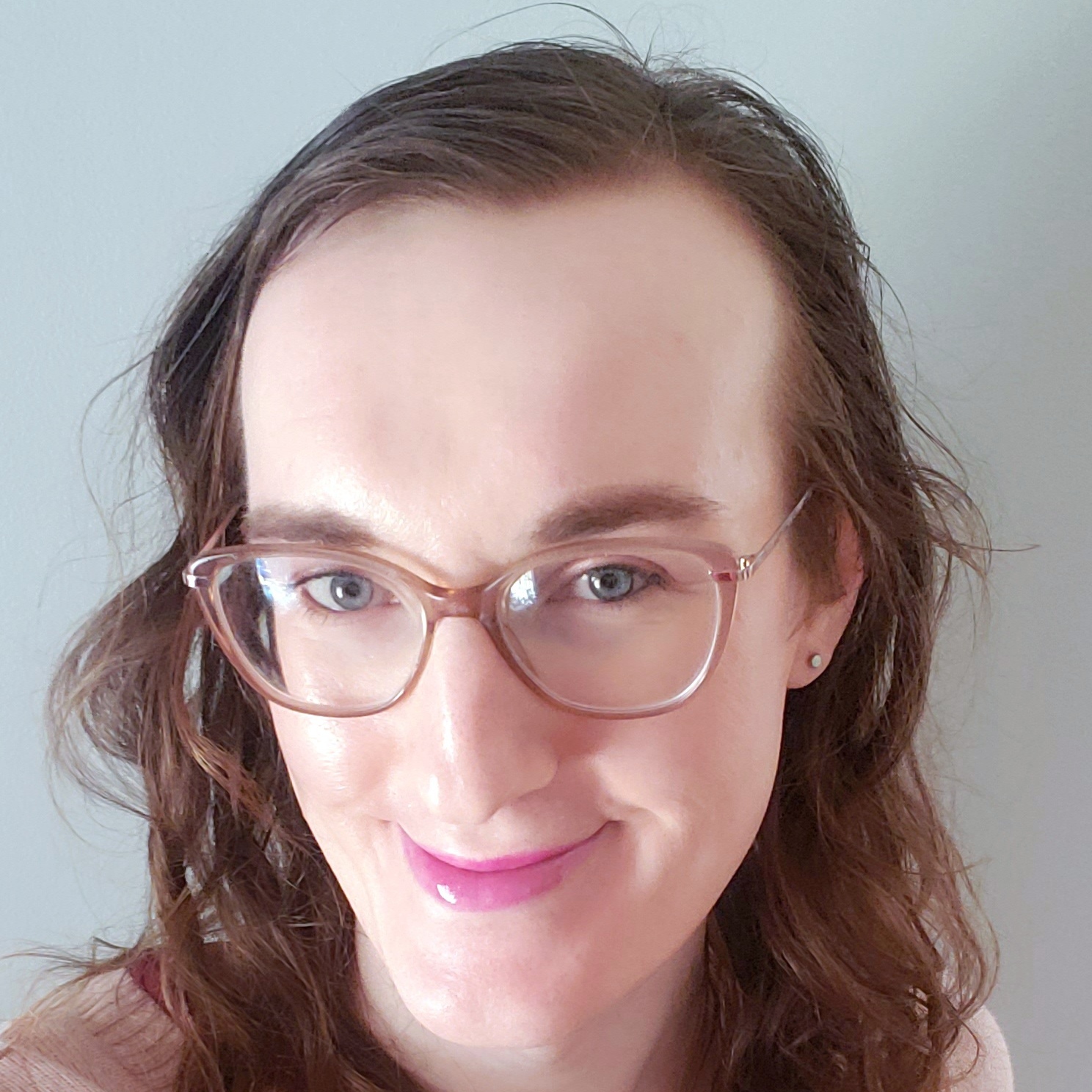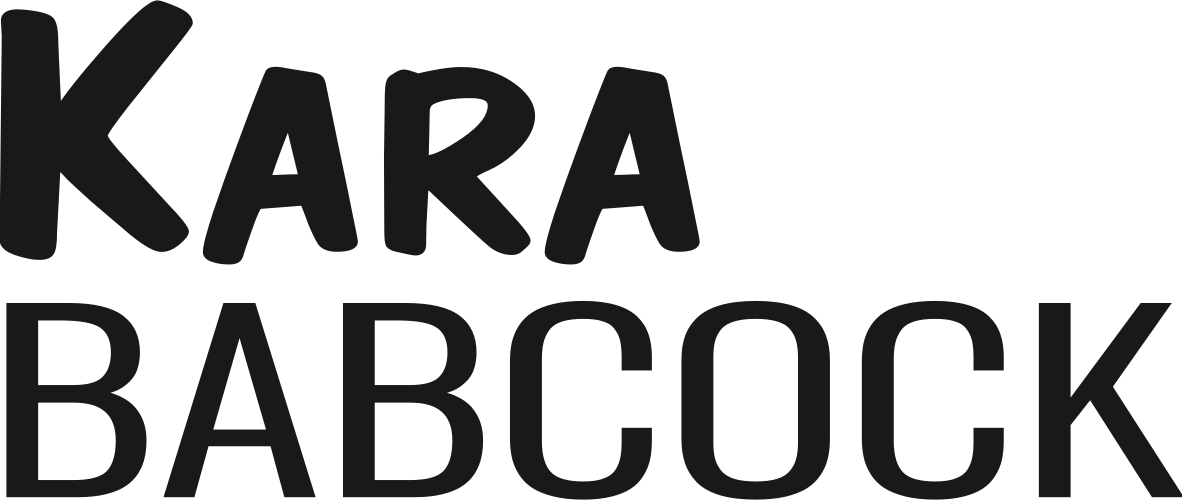Start me up
I am now into the second week of my NSERC summer research project. So far, I'm having a lot of fun. The subject of my research is interesting and exactly the type of mathematics that I want to study. The "daily grind," such as it is, does not grind at all--it helps that there are three other undergraduate students doing research this summer, and we all share the sessional lecturer office. We can distract each other, when needed, and pick each other's brains for help with particularly puzzling proofs.
So what exactly am I doing? Well, it's esoteric even for those who enjoyed math up until the first years of university. I'm going to drop some math jargon in the next few paragraphs, so don't worry if your eyes start to glaze over. Photos and hilarious video will follow!
Since my prof was leaving town at the end of the week, we met several times so he could give me some lectures and we could discuss my project. The work I'm doing relates to ring theory, which is a course I took nearly two years ago, so I have a lot of review to do. Most of the week, like the next few weeks will, involved preliminaries. I found all of the references my prof recommended to me. I began reading the three textbooks among those references, learning about monomial ideals and simplicial complexes.
These, however, are but means to an end. After I have mastered the secrets of these wonderful algebraic concepts, I can use them toward the eventual goal of finding better algorithms for calculating the spreading and covering numbers. These relate to the maximum and minimum dimension, respectively, of a monomial subspace of a vector space over all polynomials of a given degree such that the subspace fulfils two respective properties.
On Thursday, my prof went over what's changed since he and his colleagues wrote the paper from which my research project comes. In particular, they've learned about a connection between edge ideals and the Stanley-Reisner ideal. In the paper, they showed that calculating the dimension of the Stanley-Reisner ring is sufficient to find the spreading number. (A similiar result makes calculating the covering number possible.)
This connection is really cool for two reasons. Firstly, it makes the connection to graph theory stronger, which gives us another avenue for exploring the problem. Secondly, it might provide an alternative way ofcalculating spreading numbers (graph theory is also useful in this respect). The algorithm in the paper finds the Stanley-Reisner ring and then uses a computer algebra system to find the dimension of the ring. They did this on a Pentium II, so they could only find a few of the numbers before the calculations became impractical given the available computer memory. Computing power has improved considerably since then, so my first step will be to see how my little laptop compares against their Pentium II using the algorithm in the paper. Later in the summer, I'll be creating alternative (hopefully more efficient) algorithms in Macaulay2 and running them on SHARCNET.
Of the three other students sharing the office with me this summer, Aaron is in the same year as me, and Jessica and Rachael are a year behind us. Aaron and Rachel are working on the same project, which involves fractals and Cantor sets. Jessica is also working on something related to commutative algebra (affine varieties and Gröbner bases). So not only do I get to learn about simplicial complexes and monomial ideals, but I'll be learning about affine spaces and some more real analysis as well.
And for those of you who wonder exactly what math research looks like, I can attest that it's pretty much like this clip from The Big Bang Theory. Aaron and I spent a good deal of Friday afternoon staring at my faulty proof regarding prime ideals on the chalk board. I did manage to figure it out eventually, but imagine if we had had a montage!




